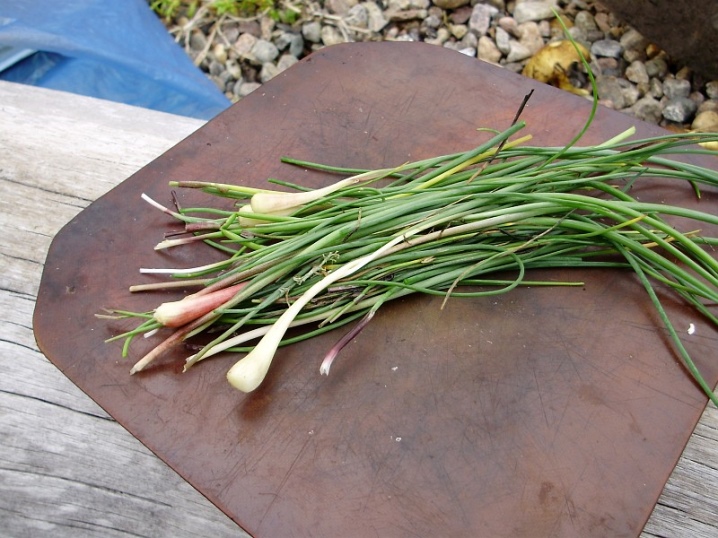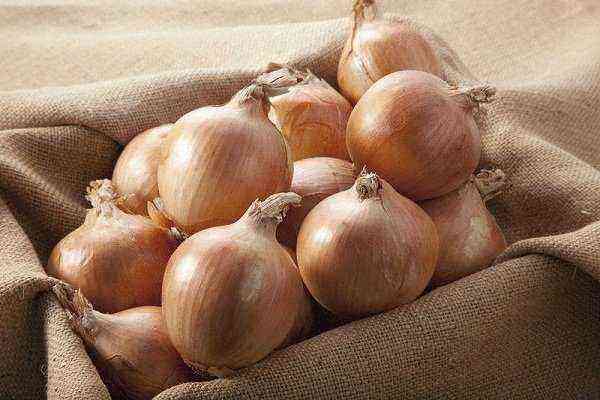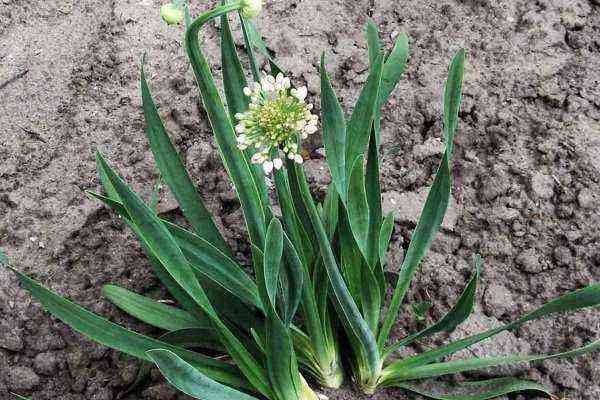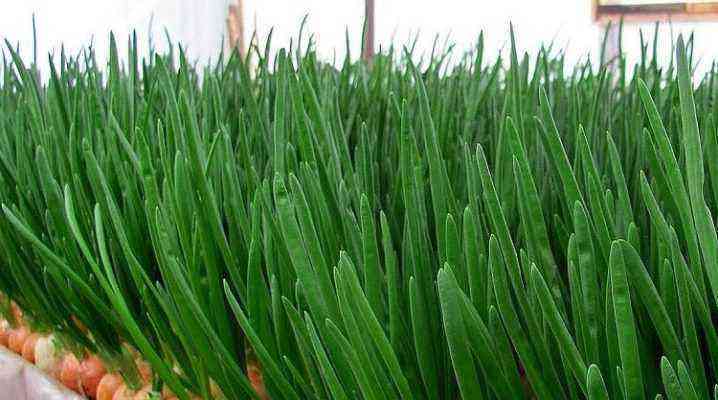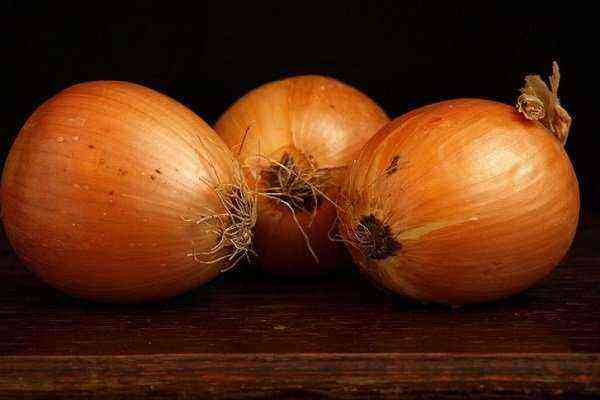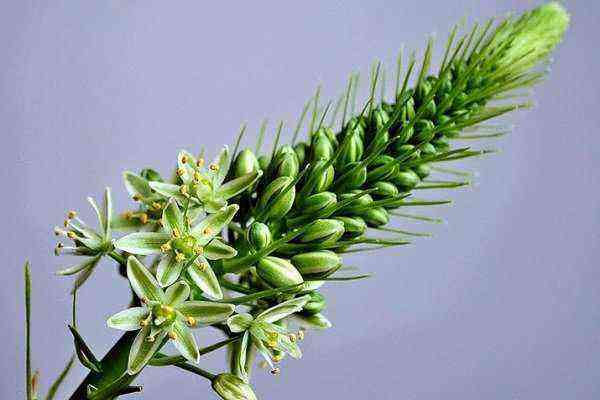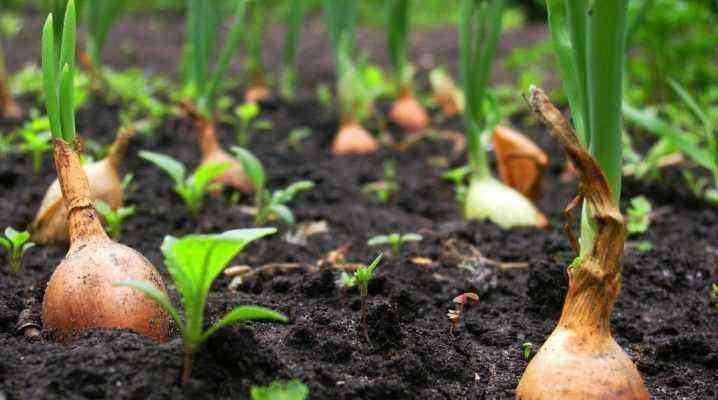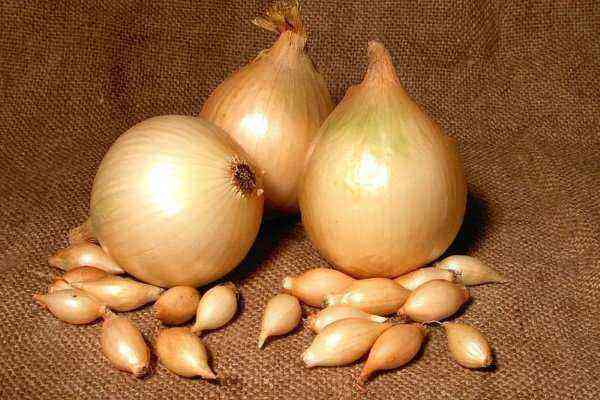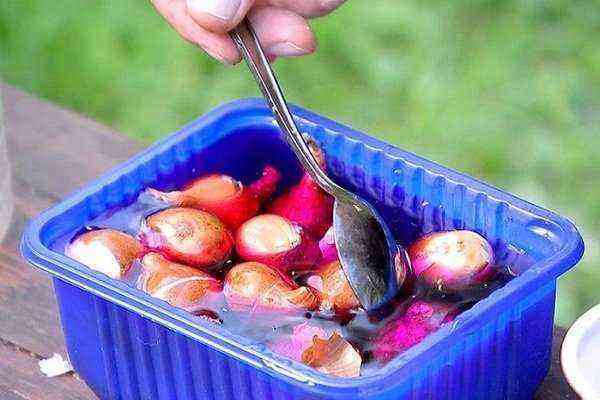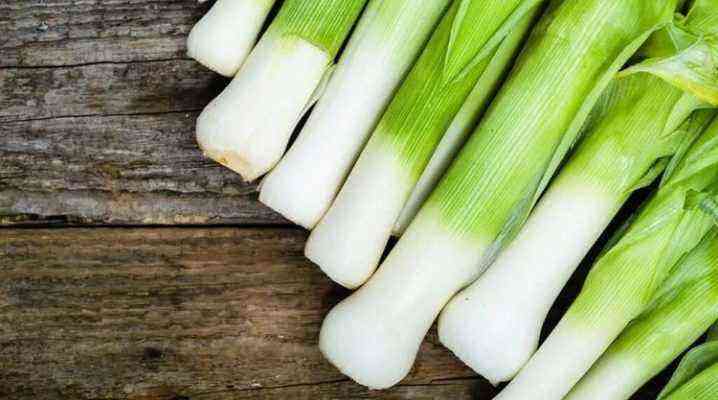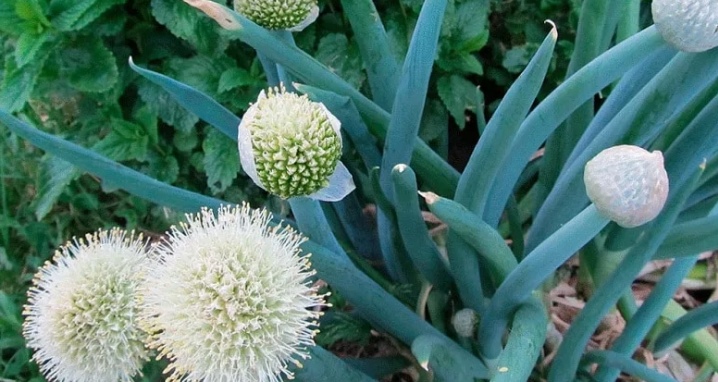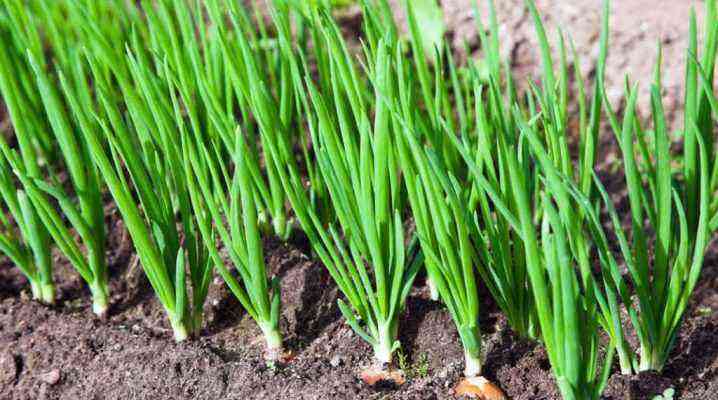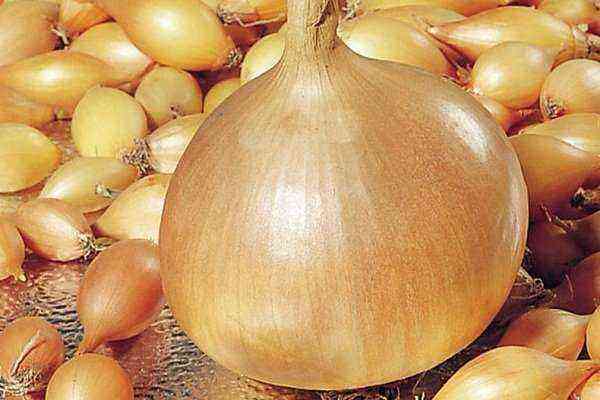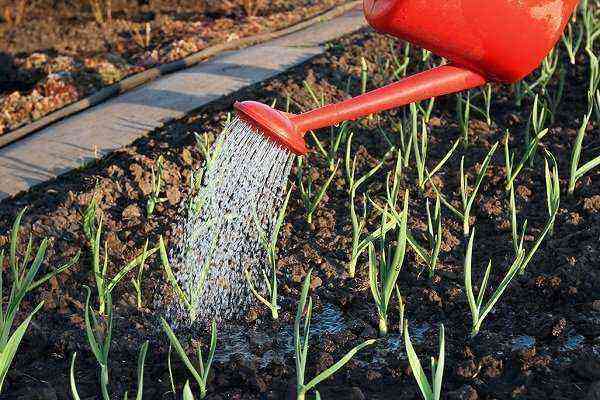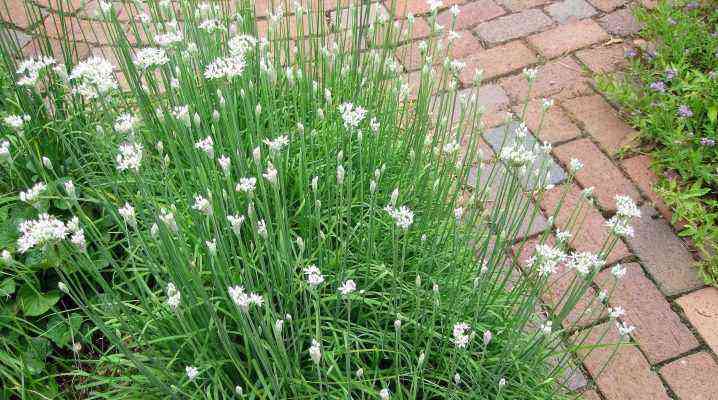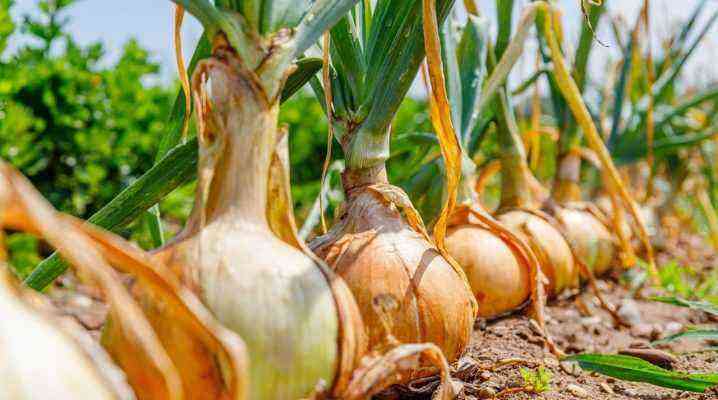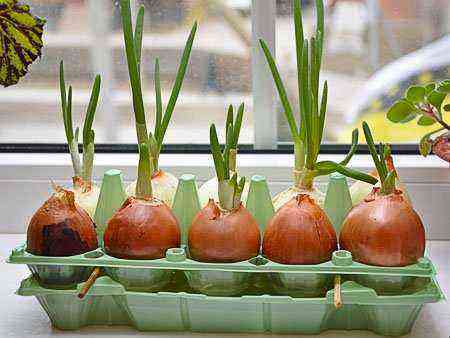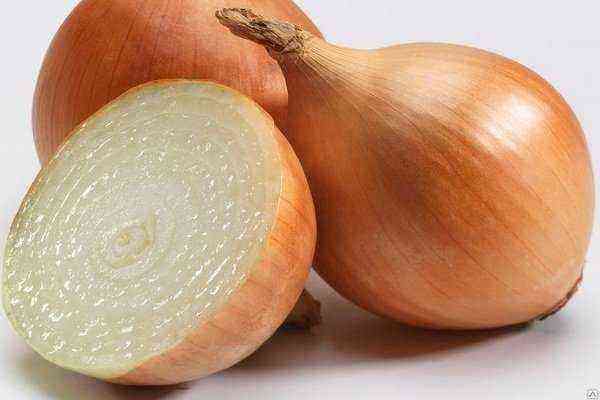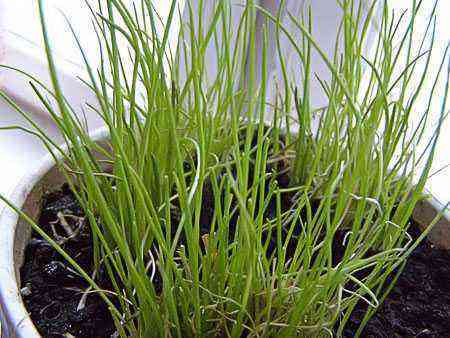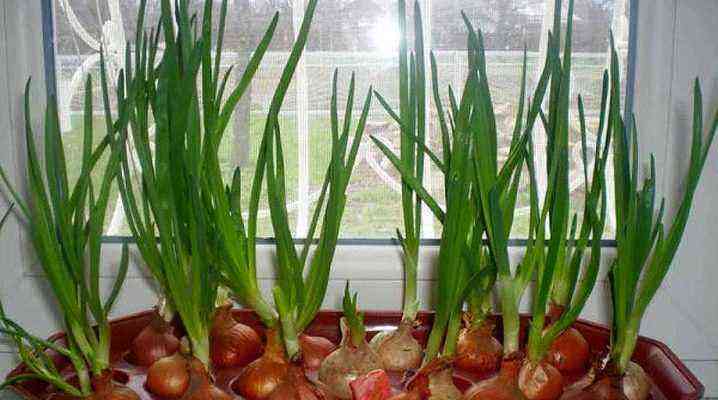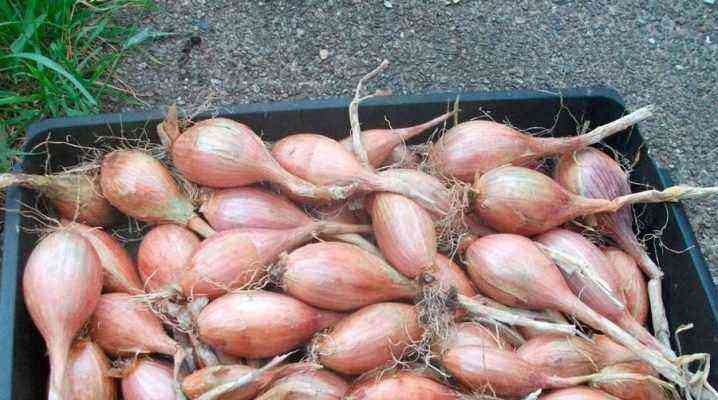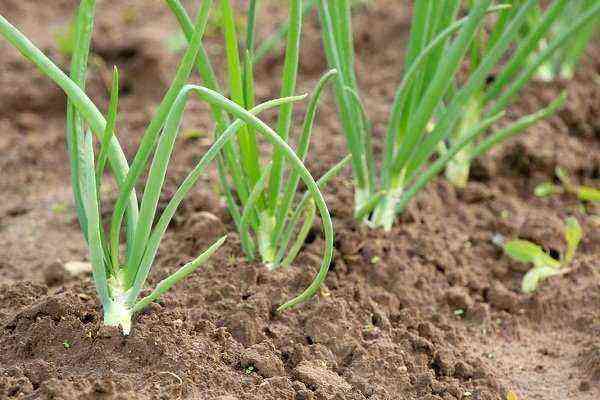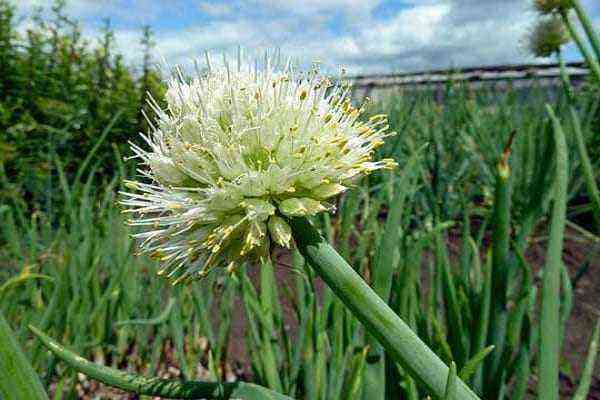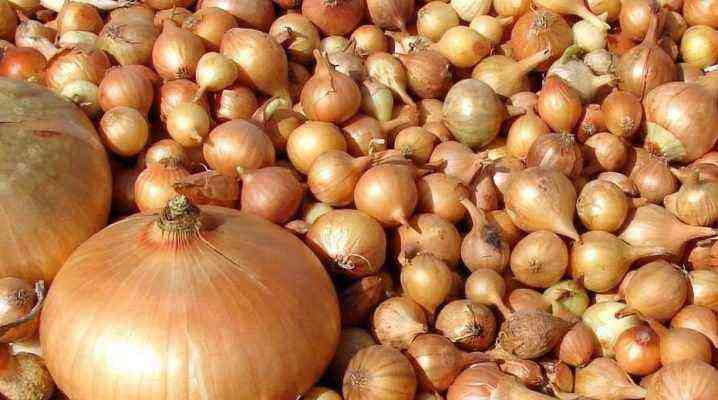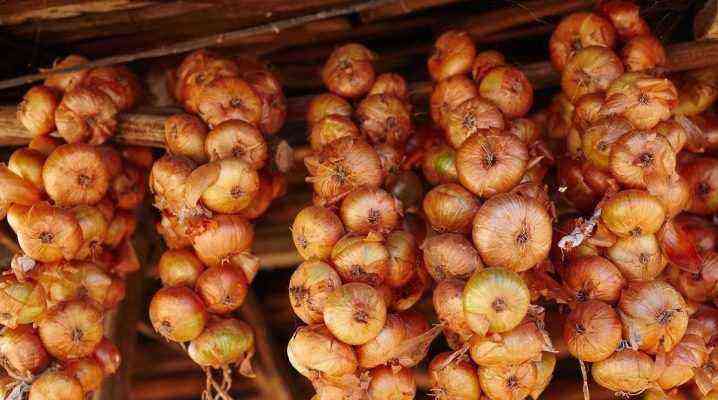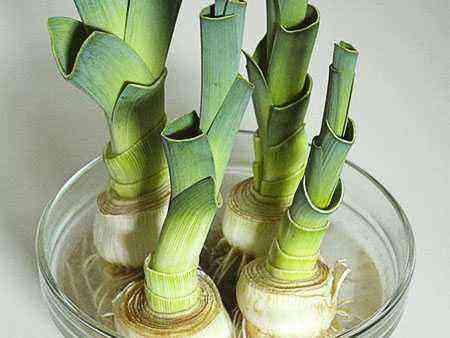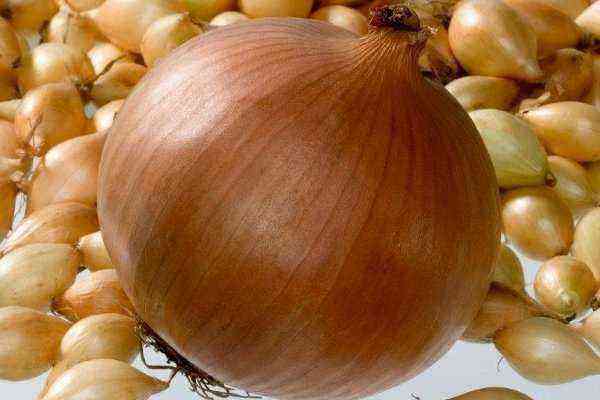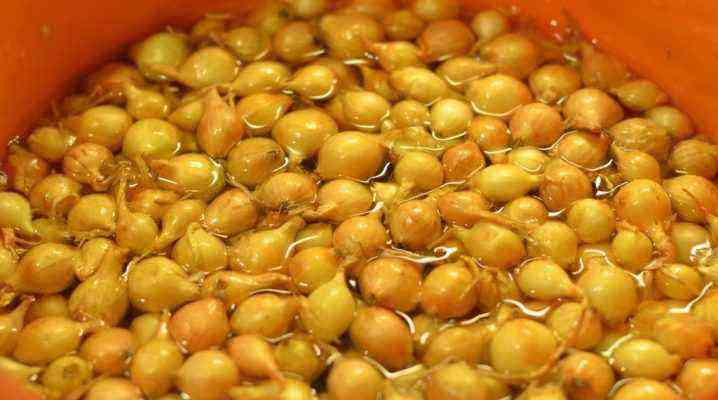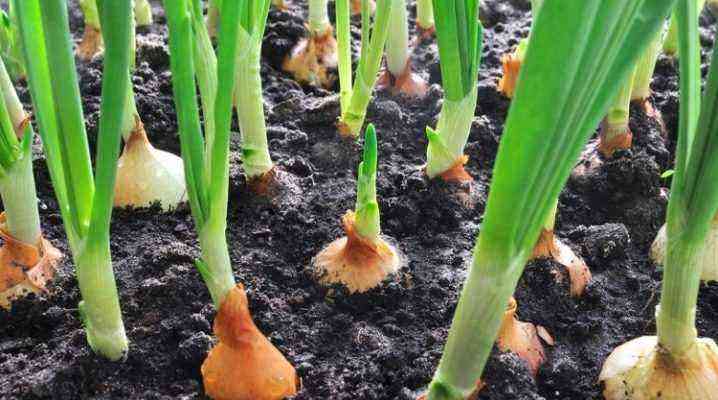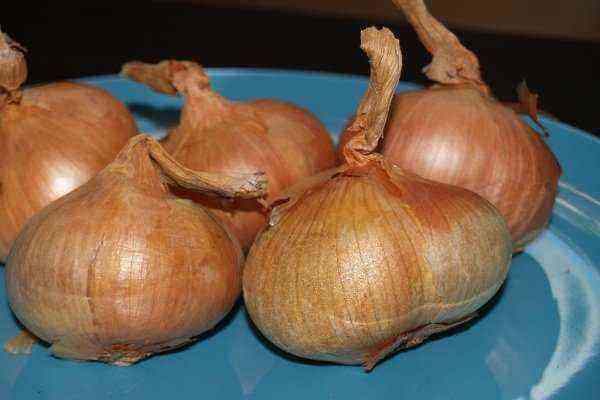
Now gardeners and not only grow about 130 different types of wild onions. Some of its varieties are used for decorative purposes, others are eaten, and a considerable part is considered medicinal plants. The flowers of some specimens are used even in floristry, they decorate the premises. The article will discuss what are the features of wild onions, how it differs from ordinary onions, as well as many other nuances of this topic.
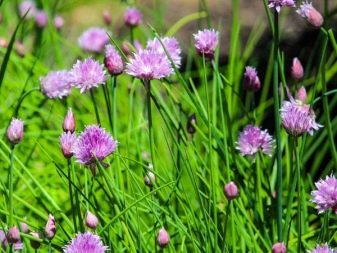
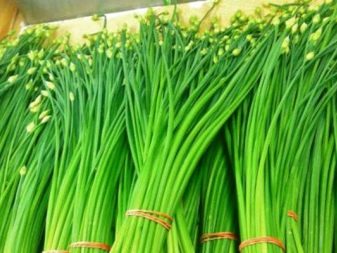
What it is?
Wild onion is a perennial herbaceous crop belonging to the onion family. It has a small narrow bulb of a conical shape, turning into a rhizome covered with a matte film. On average, the stem can reach up to 50 cm in height. Onions have several leaves – usually 5 or 6. In most varieties, the leaves are narrow, closely spaced, up to 4 mm wide, straight. The inflorescence, often in the form of an umbrella, is multicolored.
This plant (wild onion) is mainly grown for ornamental purposes.. However, now some summer residents (albeit in small numbers) grow crops for subsequent consumption. Most of the varieties bloom beautifully, which can be seen in early spring, when the rest of the plants have not yet woken up and gained strength. Wild onions are actively blooming around the end of May. Before flowering, the leaves of the plant are emerald green, during flowering they lose their color and begin to turn yellow. During the summer, the leaves will turn yellow more and more, and the flowers will form into bulbs.
Initially, wild onions grew on the territory of modern Europe, the northern part of Russia and Kyrgyzstan, where even now many of its species grow freely and independently. Nowadays, the culture is ubiquitous, as it can be grown almost anywhere.

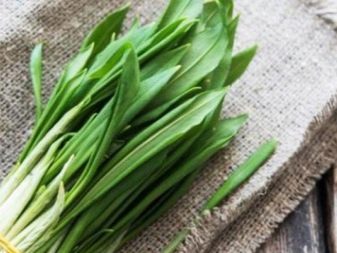
Species overview
In total, there are about 900 varieties of onions, and a large proportion of this number are wild varieties. Often, wild onions are called wild garlic or dzhusai. This is not entirely true. These names are only varieties of wild onions. Listed below are just a few of the most well-known varieties, most commonly eaten or used as medicinal plants.
Pskemsky
One of the rarest varieties of onions. It grows mainly in the area of the Pskem River (in the north of Uzbekistan). It is this wild onion that is considered the progenitor of other varieties of onions. Now it is on the verge of extinction.
It is not grown by gardeners; it is practically not common in other areas.

Angular
It is also called mouse garlic. It got its name from the angular shape of the seeds and stem. It grows in floodplain and floodplain meadows, as well as on sandy river banks. Most of all, this meadow onion prefers to grow in Belarus (in the Pripyat River basin), but it can also be found in Europe, Siberia and the mountains of Central Asia. Plant height – 20-50 cm, flowers in the form of bells of pink or slightly pinkish color.
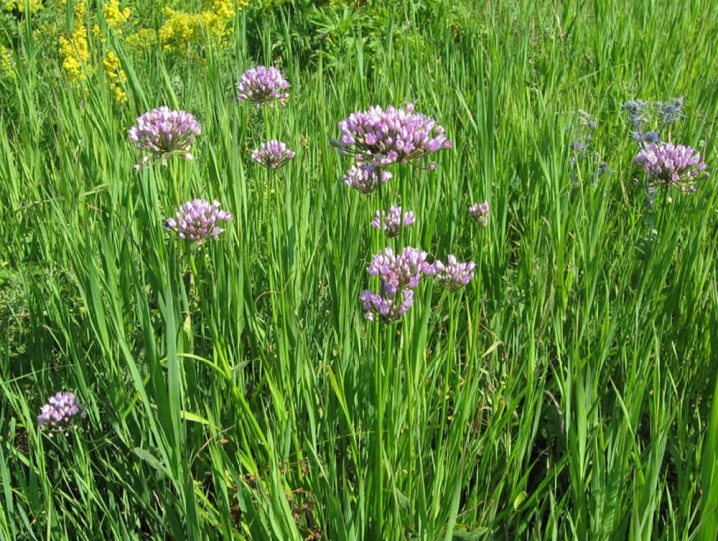
Altaic
They call it differently stone bow and wild batun. The plant is listed in the Red Book. Likes to grow on rocks, stony slopes, gravelly screes. It tolerates drought and frost well. It grows mainly in Asia and Russia. It can grow up to 70 cm in length, the flowers are in the form of umbrellas, yellow. It is eaten as often as onions.
It is used as a medicine – it has bactericidal and tonic properties.
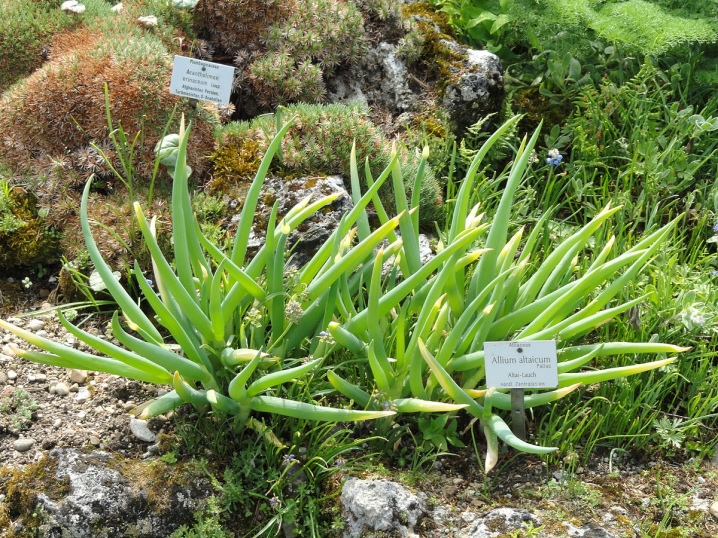
Oshanina
Prefers mountainous regions of Central Asia. Most similar to onions. It can grow up to 30 cm, the leaves are tubular. The flowers are white-green, in the form of umbrellas. It tolerates heat, cold and drought well, loves the presence of a large amount of light. Contains essential oils, mineral salts and vitamin C. As a rule, in cooking it is used for pickling.
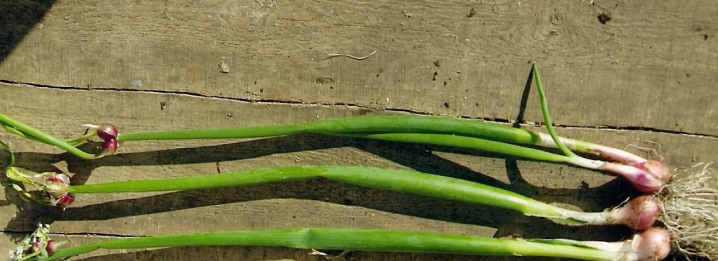
Victorious
The victorious or victorious onion grows wild in Central and Southern Europe, China, Canada, the Himalayas, Japan, Mongolia and even Alaska. Mistakenly called wild garlic. The correct name is Siberian wild garlic. Likes moist soils of deciduous and coniferous forests. This forest onion is listed in the Red Book of some countries (but not Russia). Differs in early flowering, blooms almost immediately after the snow melts. Flowers in the form of a green umbrella, grows up to 70 cm in length.
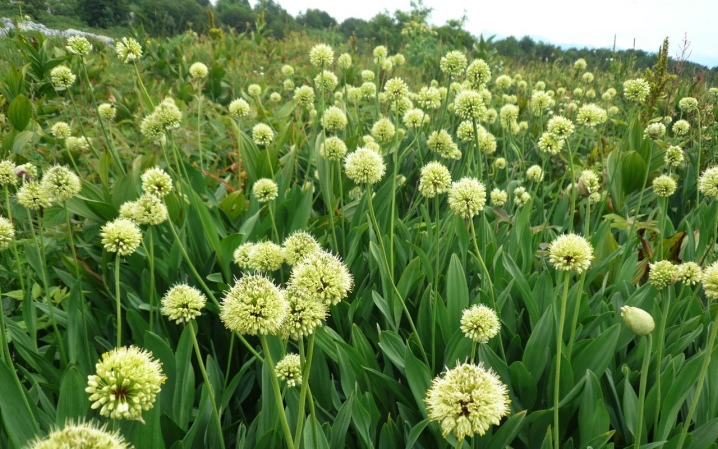
Cheremsha
One of the most popular and widespread varieties of onions in the domestic territory. It is also called bear’s onion and wild garlic. Only the young leaves of this variety are eaten. Garlic-flavoured leaves, triangular in shape, broad, lily-of-the-valley-like. Young leaves have a more delicate garlic flavor than regular leaves. Therefore, they are often eaten.
Despite the fact that this is a field onion, it loves moist soil very much. It is actively grown by gardeners and grows almost throughout Russia.
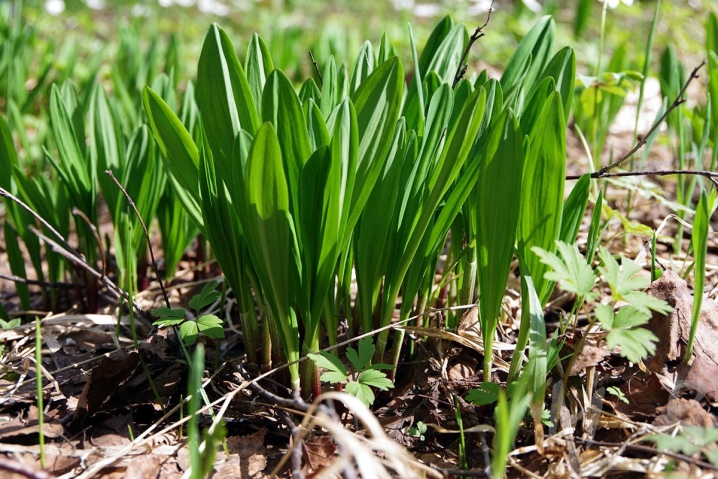
Skoroda
It is also called chives and chives. It looks like a small bush with thin stems. It has thin peduncles and an inflorescence in the form of a sphere. Most often used for decorative purposes. In the wild, it grows in river valleys or foothill areas. It grows up to 60 cm, the flowers are very beautiful – purple, in the form of pompons. Leaves taste pleasant, with a pronounced onion flavor.
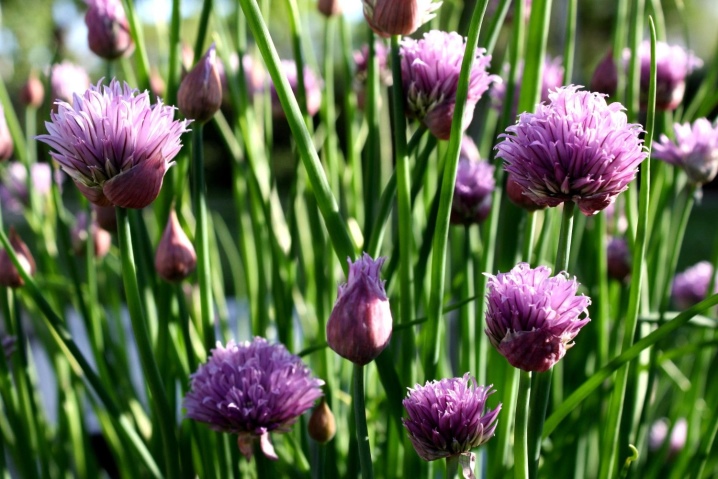
Rocky
Apparently, it prefers stony soils. And also grows in the steppes and on sandy soils. In general, it is similar to the previous variety, but has a thinner stem. Flowers of the same color, but less beautiful and noticeable.
Rarely eaten, just as rarely used for decorative purposes.

Strange
It usually grows near mountains or hills, as well as in close proximity to oak forests and forests. Quite common, is the dominant grass cover in foothill forests.
It is used both for food and as a medicinal plant. Grows up to 20 cm long.

Sandy
Prefers sandy deserts. They are also called desert onions. Grows up to 60 cm in length. The stems are hollow, elongated and slightly wide. Flowers in the form of a hemisphere, yellow-green.
It is eaten, often by the population living in close proximity to the place where the culture grows.
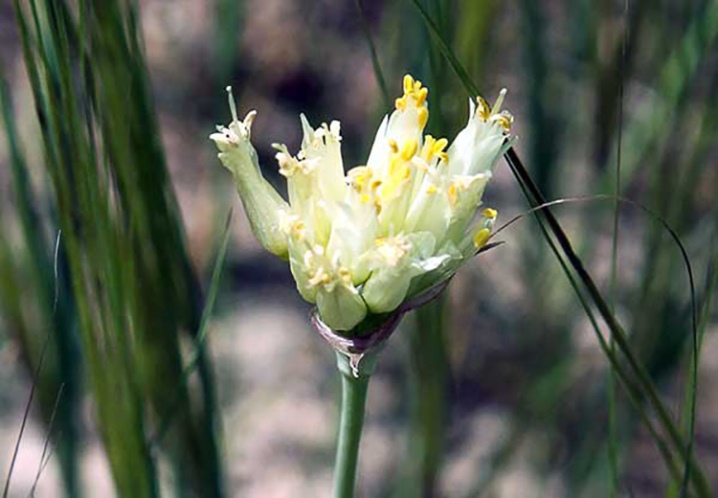
Landing
It is best to plant wild onions in sunny areas. The more light the plant receives, the more saturated the color of the leaves and flowers becomes.. It has been observed that wild onions, being in the shade, quickly die. This applies to the neighborhood both with trees and bushes, and with various kinds of canopies. The wild onion tolerates neighborhood with other undersized plants. Especially often it is planted next to flowers – poppies, peonies, irises.
Tall species are best planted in the depth of the site, while undersized species are best planted in front of it. This is especially true for decorative varieties. If the variety is late flowering, then planting should be carried out between April and May. The main condition is to reach a mark of +10 degrees. Early flowering onions are best planted in the fall. This is due to the fact that after planting, the plant spends all its energy on rooting. Thus, by spring, this process will already be completed, and wild onions will begin to bloom without expending much effort.
It is not necessary to plant the plant in soil that retains water. The land at the landing site should always remain dry.
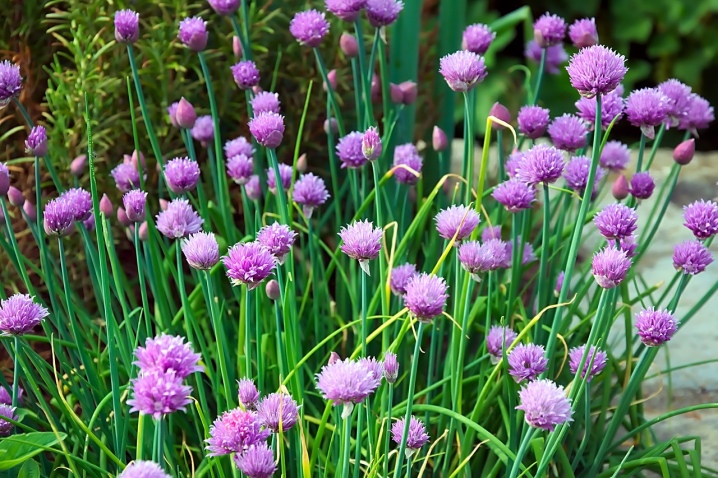
The depth of the hole for planting should not be too large and deep. It should be approximately equal to two diameters of the planted bulb. The optimal distance between plants is 50 cm. However, you can see that the owners of the plots plant the plants much closer to each other. This is best avoided. In addition, the rhizome of the culture tends to grow.
An exception may be a year with an abnormally cold winter. In this case, spring planting will need to be carried out a little later. A newly planted plant will need to be covered for the winter so that it does not die.
In the Urals, onions are planted in autumn, usually in September. It is in this region that the culture must be covered in the winter. It is impossible to plant in these regions ordinary and heat-loving varieties, only resistant to cold. Far from all varieties can grow in Siberia, and to increase the likelihood of engraftment, plants are planted in late spring.
Planting this crop is very similar to planting regular onions or garlic. All recommendations for planting these two crops can be safely applied to the wild crop.
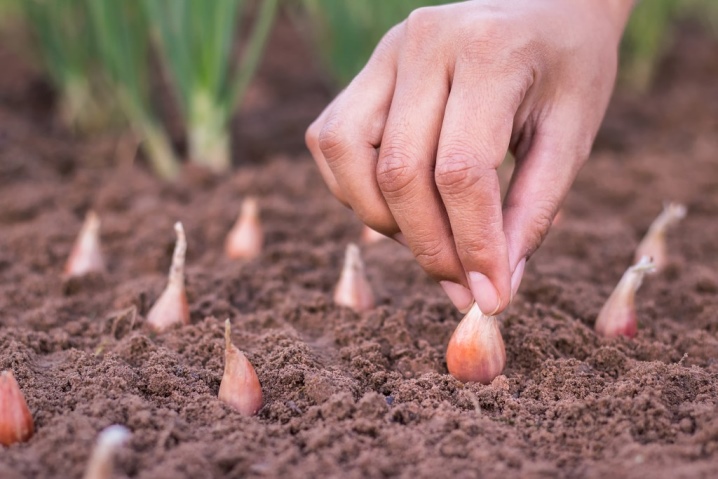
Care
Caring for a crop is not difficult, but requires certain actions to be taken during each season (except winter).
- Spring care. All manipulations for spring care begin around the second half of April. During this period, the snow had already melted, and onion leaves had already begun to break through from the ground. Even in the fall, onions should be covered with twigs so that moisture lingers in the place of growth. In the spring, all these branches are removed. This must be done carefully, since in the process it is easy to damage the onion leaves already breaking out of the ground. Next, the plant needs to be lightly fed. First, peat is introduced, and then ash. It must also be remembered that it is impossible to dig deep into the ground, since the roots of the ornamental onion are too close to the surface, and they can be easily damaged. The result of adding peat can be seen relatively quickly – in a week the onion will grow violently.
- Plant care in the summer. In the summer, you need to remove weeds around the onion from time to time, weed the soil around the plant before watering it.
- In autumn, the plant begins to prepare for winter and no longer requires good and regular watering. Maintenance irrigation will suffice. In autumn, you also need to loosen the ground and apply potash fertilizers in liquid form. It is not necessary to cover the culture for the winter.
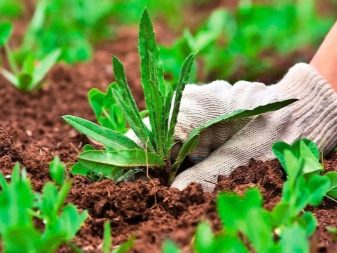
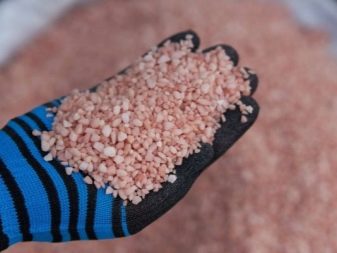
In general, the culture is unpretentious. Watering is the main care factor. After watering, wilted onions almost instantly come to life. Do not water the plant too much, as this can lead to rotting of the bulbs. Transplantation should be done every 4 or 5 years. It is best to plant wild onions in neutral soil.
Just like other plants, wild onions are affected by various diseases. Often the culture suffers from the onion fly (root mite). For prevention, the bulbs are warmed up before planting. Another method of dealing with misfortune is ash or tobacco dust, which is sprinkled on the ground around the plant. Helps in pest control and dichlorvos treatment. Wild onions also often suffer from fungus, in particular from downy mildew. The plant begins to wither, the leaves become covered with a purple bloom. You can fight the fungus simply and effectively – you need to treat it with a fungicide and Bordeaux liquid.
If the plant is grown for food, then with proper care for the season, you can harvest 3 to 4 times.
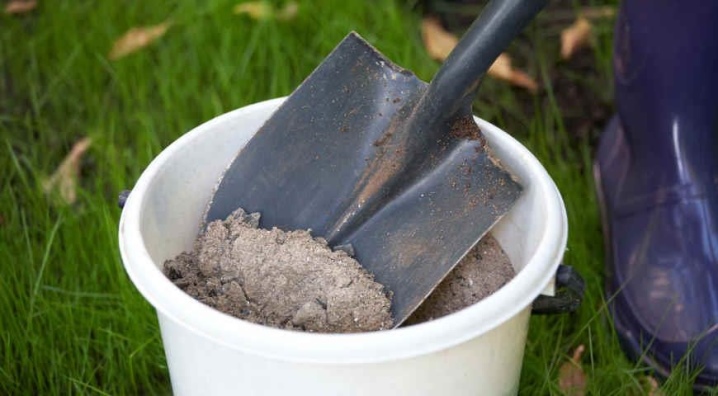
Methods of reproduction
It is easiest to propagate wild onions with bulbs obtained from seeds. To do this, you need to plant the seeds in the ground, and wait for one year. During this period, the seeds are transformed into small onions. Seeds should be planted in such a way that the bulbs can be harvested in the spring. Bulbs should have roots and a stem. The landing itself is best done in the fall, in October. Bulbs should overwinter, and in the spring they will give the first shoots. Reproduction of culture in this way will take a long time. In addition, onions will bloom only after 4 or 5 years. Not all varieties can be propagated from seeds.
Another way to reproduce is root division. The plant can be propagated only after three years of age. It is after this period that side roots begin to form at the main root, which can be carefully separated from the mother and planted separately. Only bush types of onions can be propagated by this method.


Also worth noting bulb propagation (small bulbs that form on the peduncle). Bulbs are planted in the soil in autumn, and in spring they sprout.
The most common method remains the cultivation of onions (the first option). However, onions are often purchased and much less often – they are prepared by the gardeners themselves. If you act on your own, then immediately after digging, dry them thoroughly in the sun, and then hold them for 12 hours at a temperature of about 40 degrees.
In conclusion, it is worth noting that wild onion has pronounced medicinal properties. Its regular use increases immunity, and a diet that includes this culture is prescribed for tuberculosis and a number of other serious diseases.
For food, as a rule, leaves are used, and for medicinal purposes – seeds, bulbs or inflorescences.
